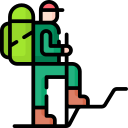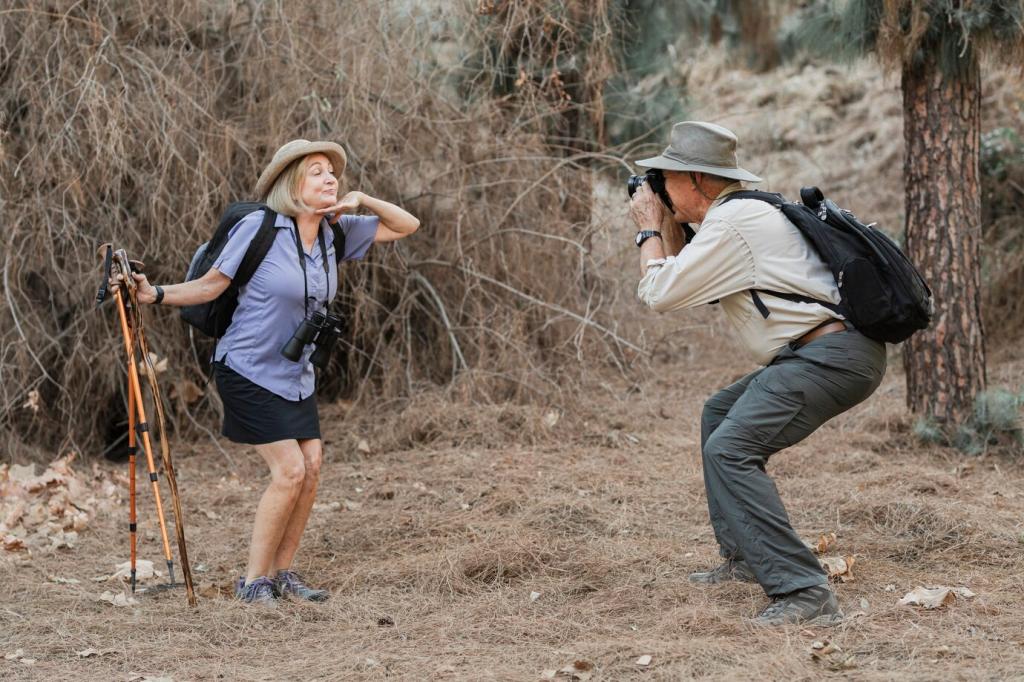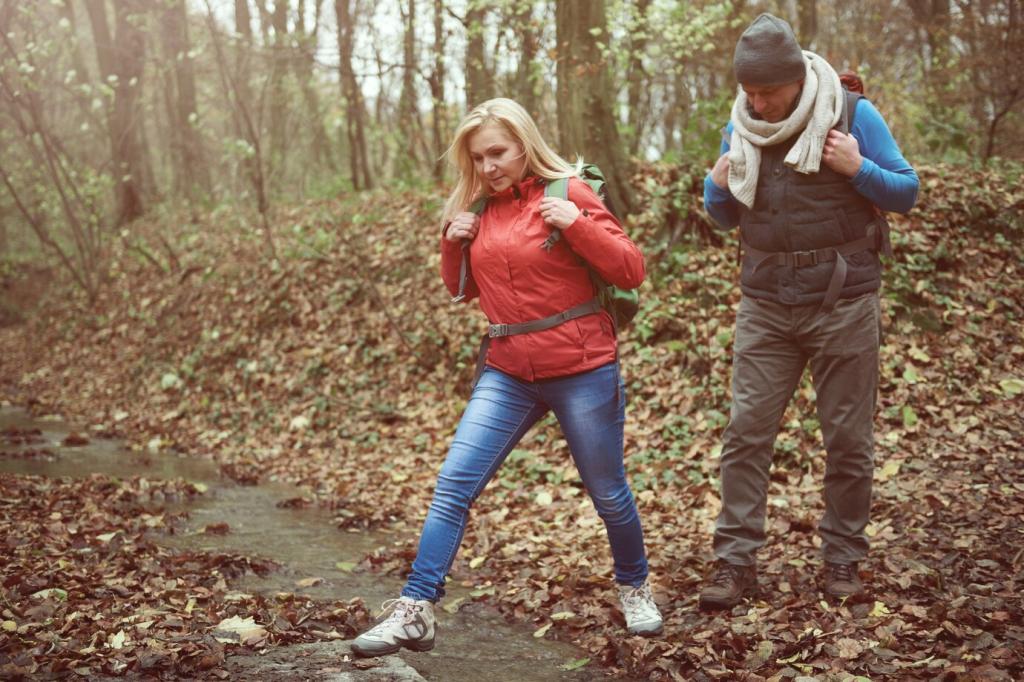Trip Planning Rituals that Keep You Found Year-Round
Check forecasts, trail reports, and snow or flood advisories the night before and again at breakfast. If a risk climbs, switch to a sheltered route you preselected. Naming Plan B ahead of time prevents denial and keeps decisions quick and calm.
Trip Planning Rituals that Keep You Found Year-Round
Write your start time, trail name, intended turn points, bailouts, and return deadline. Share it with someone who will call if you are overdue. This single page improves navigation by forcing clarity and helps rescuers if plans go sideways.





